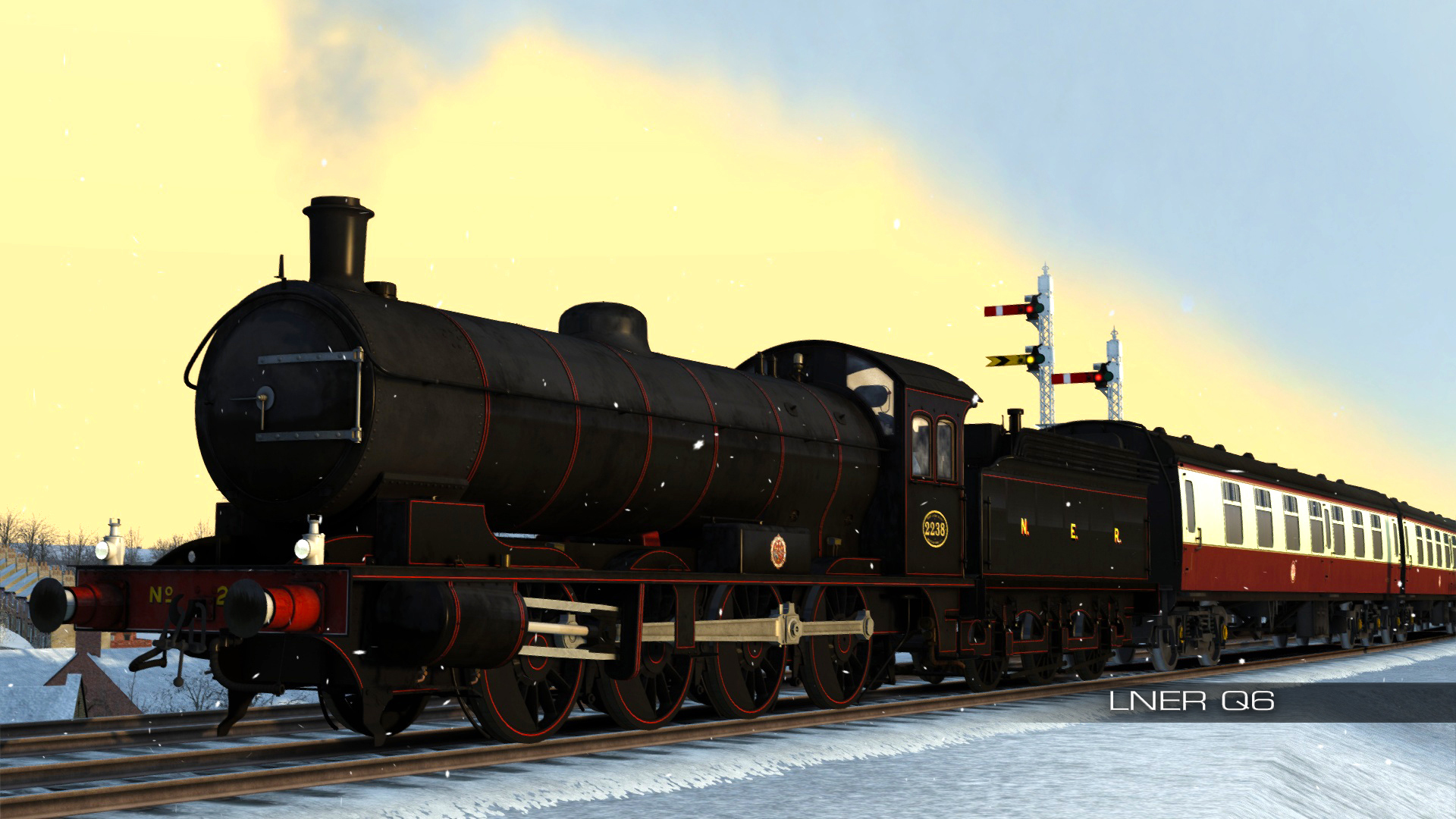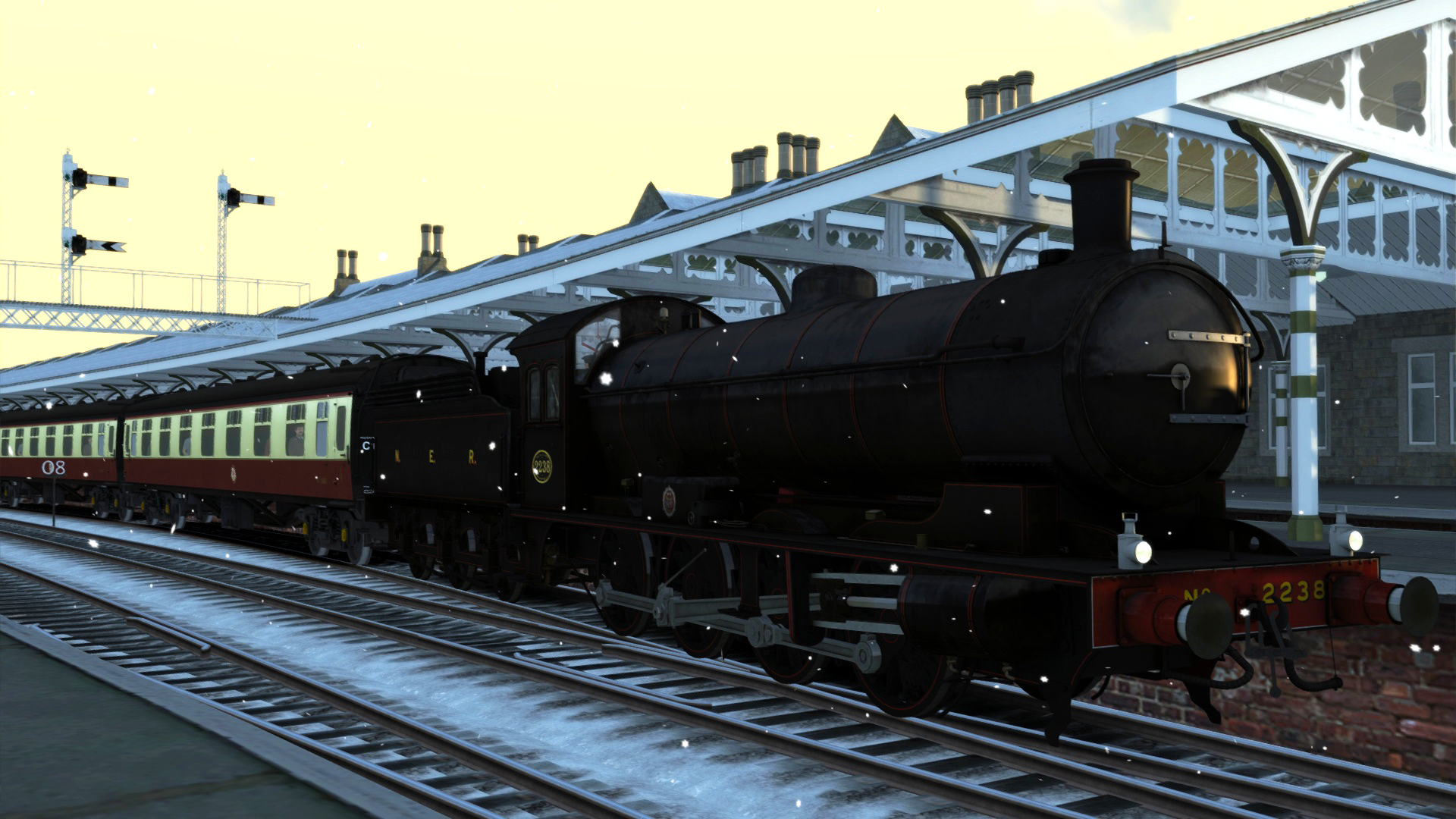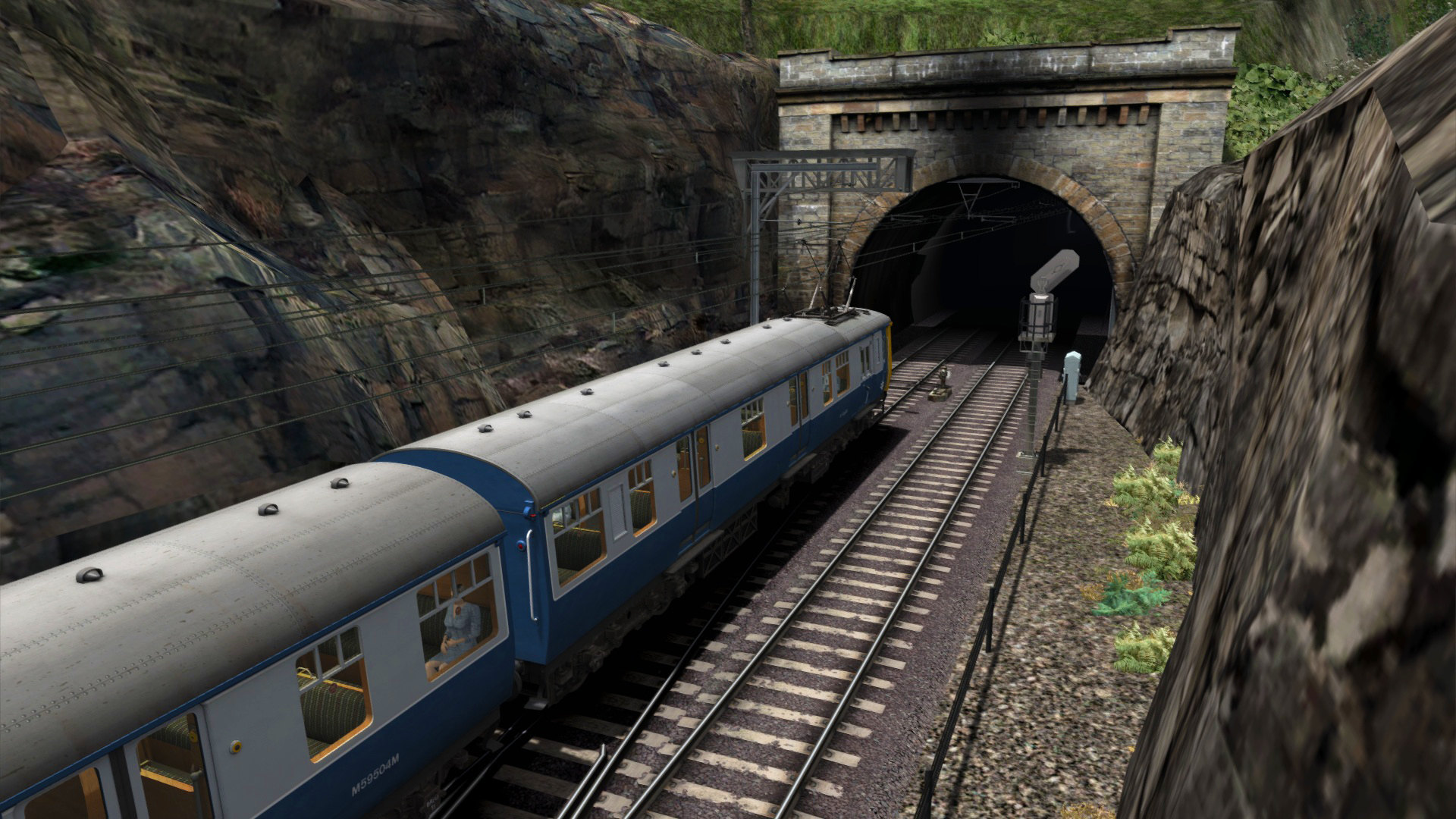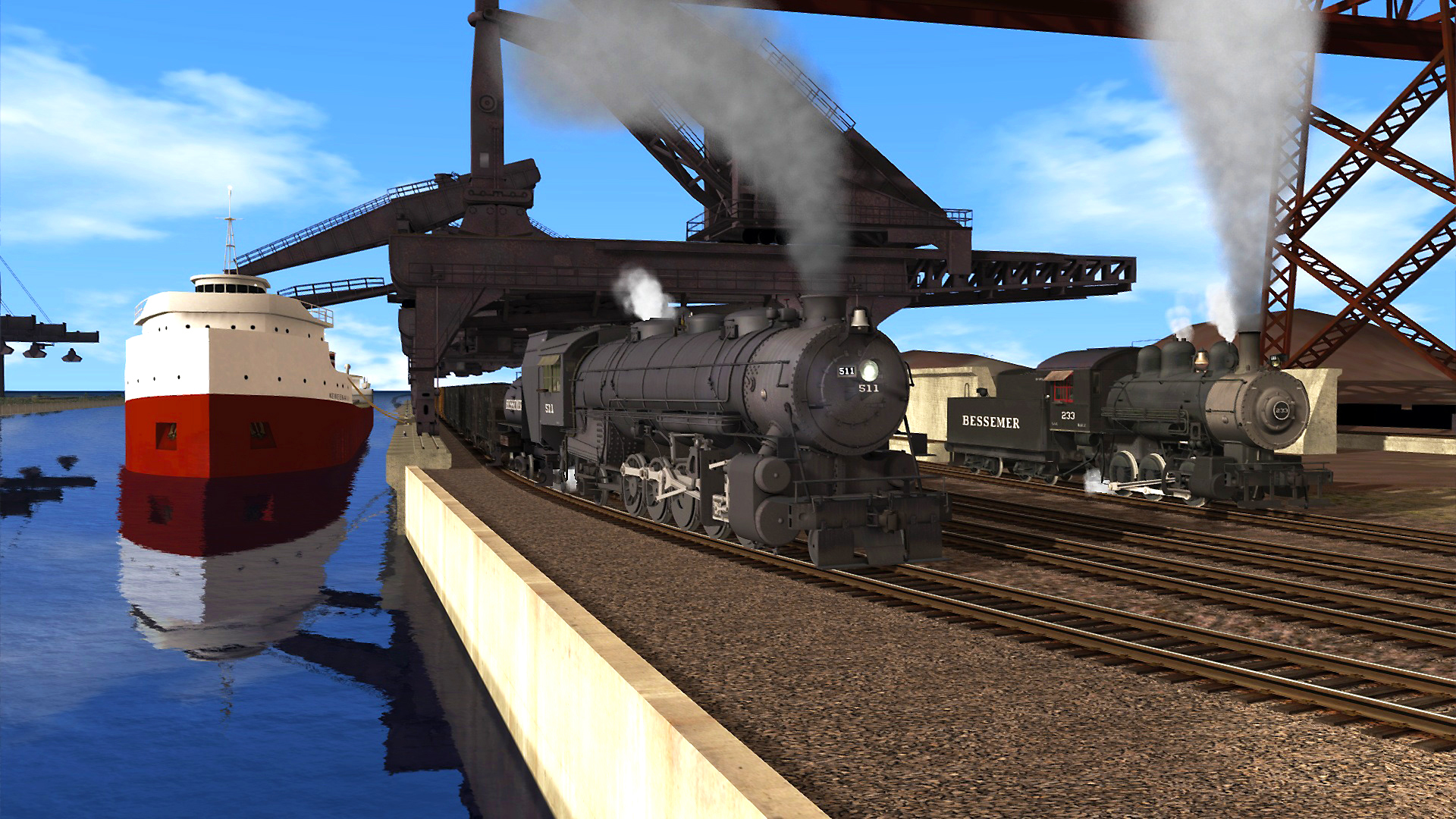
Mar 1, 2018
Train Simulator Classic 2024 - DTG_James
01/03/2017
http://store.steampowered.com/app/642806/Train_Simulator_LNER_Raven_Q6_Steam_Loco_AddOn/
Brace yourself for a real challenge as Victory Works bring Sir Vincent Raven’s powerful fleet of LNER Q6s to life on the Weardale & Teesdale Network – the first public route to use steam locomotives! You’ll be taking control of a locomotive that was specially designed for freight-pulling power and testing yourself against every difficulty the Pro Range label can throw at you.

The operational characteristics of the LNER Q6 are complex and the simulation captures them as such. Advanced mode can be toggled depending on how you wish to experience the LNER Q6 – when enabled you can look forward to; realistic wheelslip, simulated steam chest, realistic train pipe and reservoir vacuum braking, cylinder♥♥♥♥♥♥management, boiler management with priming possible, realistic injector control and realistic “by the shovel” stoking with synchronised sound.

Being such a successful class the Q6s were rarely modified substantially, however they did have unique details such as steam heat dials, external vacuum brake pipes, piston caps, and overhead warning labels. We’ve lovingly recreated these optional fittings meaning you can decide how you wish to represent a particular member of the class!

These incredible trains were in service for more than 50 years but the only way to experience their majesty in the modern world is here on Train Sim! Try this epic chapter in traction history today and make their story your own!
http://store.steampowered.com/app/642806/Train_Simulator_LNER_Raven_Q6_Steam_Loco_AddOn/
Brace yourself for a real challenge as Victory Works bring Sir Vincent Raven’s powerful fleet of LNER Q6s to life on the Weardale & Teesdale Network – the first public route to use steam locomotives! You’ll be taking control of a locomotive that was specially designed for freight-pulling power and testing yourself against every difficulty the Pro Range label can throw at you.

The operational characteristics of the LNER Q6 are complex and the simulation captures them as such. Advanced mode can be toggled depending on how you wish to experience the LNER Q6 – when enabled you can look forward to; realistic wheelslip, simulated steam chest, realistic train pipe and reservoir vacuum braking, cylinder♥♥♥♥♥♥management, boiler management with priming possible, realistic injector control and realistic “by the shovel” stoking with synchronised sound.

Being such a successful class the Q6s were rarely modified substantially, however they did have unique details such as steam heat dials, external vacuum brake pipes, piston caps, and overhead warning labels. We’ve lovingly recreated these optional fittings meaning you can decide how you wish to represent a particular member of the class!

These incredible trains were in service for more than 50 years but the only way to experience their majesty in the modern world is here on Train Sim! Try this epic chapter in traction history today and make their story your own!


















